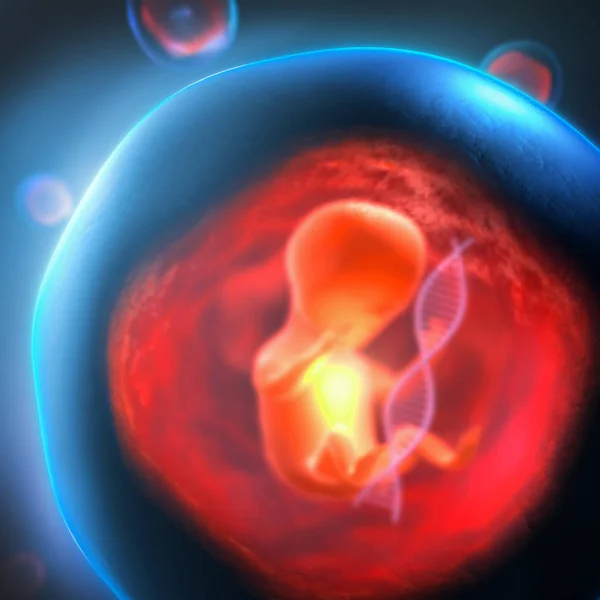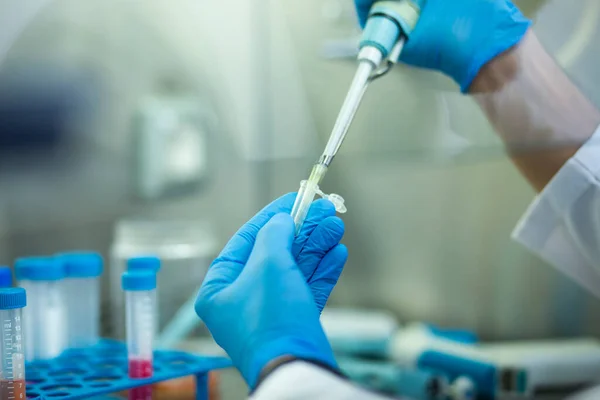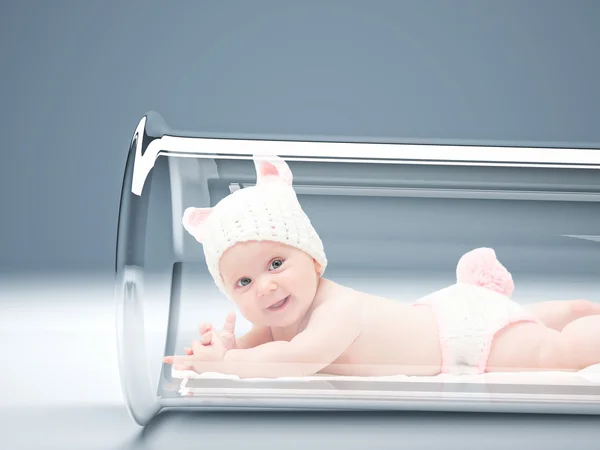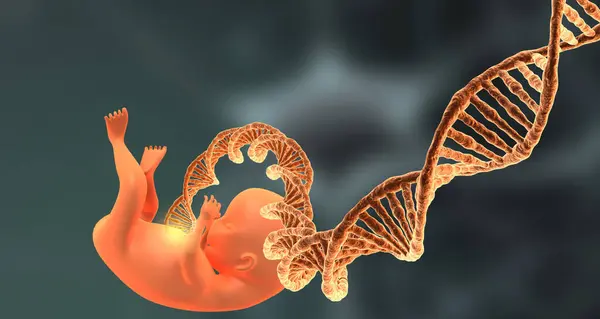Embryo Development Is Taking A New Leap
Infertility hits hard, as it affects just about one in six people around the globe, according to the World Health Organization. Now, imagine turning a simple skin sample into a human egg cell that can form an embryo. This is exactly what a team of scientists has now been able to do within recent times.
This breakthrough in stem cell research, could now change everything for reproductive medicine. It opens doors for people who thought having a biological child was out of reach. Additionally it can potentially help those with damaged ovaries all the way to expanding options for same-sex couples. The possibilities seem endless, and could even reshape families in the years ahead.
The Groundbreaking Science Behind the Discovery

Researchers have pushed boundaries in biotech.
They took skin cells and turned them into functional human egg cells. These eggs even went on to create early embryos in the lab. This was done using a process similar to that used to clone “Dolly the sheep“, then with the process of In Vitro Fertilization (IVF) to turn the cells into embryos.
Therefore everyday skin cells can be reprogrammed such that they can act like natural eggs and ready for fertilization by the sperm.
How Stem Cells Were Reprogrammed into Egg Cells
The key lies in induced pluripotent stem cells, or iPSCs. These are adult cells tricked into acting young again, like embryonic stem cells. A team from the University of Kyoto used skin biopsies from donors to create iPSCs.
Next, they guided these cells through stages of development. They added growth factors and tweaked genes to mimic how eggs form in the body. It took weeks in a controlled lab setup, with careful monitoring.
The results appeared in a recent Nature journal study. The eggs showed normal chromosomes and responded to sperm just like real ones. This method works for both men and women, opening wide applications.
Think of it like reprogramming a computer. You take old software and install new code to run fresh programs. Here, skin cells become egg factories.
Key Milestones in Stem Cell Research Leading to This Breakthrough

Back in 2006, Shinya Yamanaka made history. He created the first iPSCs from mouse skin. That Nobel Prize-winning work set the stage for human versions soon after. Animal tests followed. In mice and monkeys, scientists grew eggs from stem cells that led to healthy babies. These successes built confidence for human trials.
Now, human application marks a big step. Labs at places like Kyoto and Harvard collaborate on this. Their shared data speeds up progress, avoiding past dead ends.
Verification of Functionality: From Eggs to Embryos
To check if the eggs worked, the team ran tests. They mixed the lab-made eggs with sperm in a dish. Many fertilized and started dividing into embryos. These early embryos looked normal under microscopes. They reached the blastocyst stage, key for implantation, but the scientists stopped there – no implants into uteruses.
Ethical rules guide this process, as labs follow strict limits on how far embryos develop outside of the body. This ensures safety and respect for life stages.
You might wonder: How do they know it’s real? DNA checks and growth patterns match natural ones.
Implications for Reproductive Medicine and Fertility Treatments
This discovery touches lives directly. It could fix gaps in current care, and for millions facing infertility, hope feels closer. Current methods like IVF often fail due to egg quality. This new approach might boost success rates, as it lets doctors use a patient’s own cells, cutting rejection risks.
It’s early days, still, the potential excites experts.
Overcoming Infertility Challenges for Patients

Many women lose eggs to age, cancer, or conditions like PCOS. This tech offers a way back. Skin cells from the patient become fresh eggs, tailored just for them.
Take survivors of chemotherapy. Their ovaries often shut down. Now, stored skin samples could yield eggs years later. The WHO notes infertility impacts 48 million couples yearly. This could ease that burden, one family at a time.
Imagine telling a couple they’ve got options again. That’s the power here. It turns “no” into “maybe.”
Potential for Same-Sex Couples and Single Parents
Same-sex couples face hurdles in building biological families. This method changes that. Skin cells from one partner could create eggs for the other to carry, or vice versa.
Single folks get a boost too. No need for donors if you want a child related to you. Just your own cells, processed in a lab. Ethics talks heat up around this. It challenges today’s norms, pushing for inclusive laws.
Why stop at limits? This levels the field for diverse families. Biology no longer defines who can parent.
Advancements in IVF and Beyond
IVF today relies on hormone shots and egg retrieval. It’s tough and costly. Lab eggs from skin could simplify it – fewer visits, less stress. Combine this with gene editing for healthier embryos. Or use it in surrogacy setups. The tech fits right into what’s already there.
If you’re dealing with infertility, talk to a specialist. Ask about trials for stem cell eggs.
Ethical Considerations and Societal Debates
Science moves fast, but society lags. This egg creation sparks tough talks. We must weigh benefits against risks. Experts urge caution. Not everyone agrees on limits for lab embryos.
Moral Questions Around Designer Embryos
Could this lead to picking traits like eye color? Some fear a slide toward eugenics. Bio-ethicists from the Nuffield Council warn of slippery slopes while others say no, that it’s about fixing infertility, not perfect babies. Regulations will need to be put in place to prevent misuse.
Access, Equity, and Global Regulatory Differences
Not everyone can afford cutting-edge care. Rich countries might get this first, leaving others behind. Equity demands fair access plans. Laws vary wildly. The UK allows some stem cell embryo work; others ban it outright. In the US, states differ on funding.
Safeguards in Research and Future Oversight
Labs follow rules now. Embryos can’t grow past 14 days in most places. Oversight boards review every step. The International Society for Stem Cell Research sets guidelines. They stress consent and transparency.
Future Prospects and Ongoing Research

There will be anticipation on what’s next, as may be suspected more human trials loom on the horizon. Safety data will guide clinical use, and we expect years, not months, before babies evolve from these eggs.
Broader fields will benefit too, as we can see stem cells aiding in growing organs or even treating diseases.
Broader Impacts on Regenerative Medicine
Beyond babies, this helps in healing, since skin-to-stem tech could regenerate tissues for transplants. If you think of diabetes: Lab-grown cells might produce insulin. In the area of cardiovascular health – heart repairs with new muscle can take place in the future.
This Is A Big Leap
Creating human egg cells from skin cells stands as a major leap. It transforms embryo development and offers real hope for persons with infertility struggles. There is the science, and it is the reprogramming in collected stem cells to embryo checks, and the wide-reaching effects on families.
Ethics will demand attention as well. We have to look at questions on access and moral lines which will require smart rules. Still, the upside shines bright as more people look to the possibilty of building the families of which they dream.






